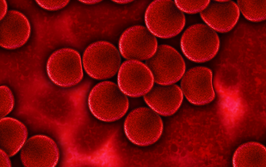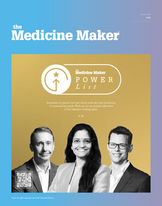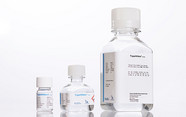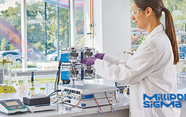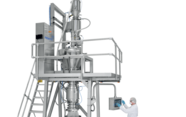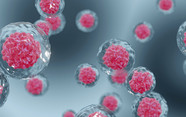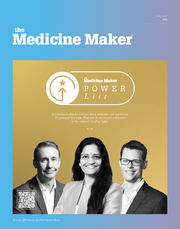Can Preconditioning Strategies Improve Cancer Vaccine Efficacy?
Researchers explore how different preconditioning approaches can impact the performance of dendritic cell vaccines for cancer
Stephanie Vine | | 2 min read | News

Researchers at Washington University School of Medicine have investigated how different preconditioning strategies affect the performance of dendritic cell (DC) vaccines in a mouse model of cancer. Their findings show how low-dose radiation may enhance therapeutic outcomes.
Preconditioning regimens, such as lymphodepleting chemotherapy or radiation, are routinely employed to improve the efficacy of adoptive cell therapies. However, these strategies are rarely integrated into clinical trials of cancer vaccines, including DC-based platforms. This study aimed to address that gap by testing whether preconditioning could enhance vaccine-induced antitumor immune responses.
Using a syngeneic murine model bearing pancreatic tumors expressing ovalbumin, the researchers administered a series of preconditioning regimens – including low-dose radiation (LD RT), cyclophosphamide, paclitaxel, and a combination of LD RT and cyclophosphamide – prior to intravenous delivery of ovalbumin-loaded cDC1s.
LD RT, administered either to the whole body or targeted to the tumor, significantly improved survival and reduced tumor growth compared to DC vaccination alone or any other preconditioning group. Notably, whole-body LD RT produced the highest frequency of antigen-specific CD8⁺ T cells, although both radiation approaches yielded comparable survival outcomes.
In contrast, cyclophosphamide, which is already commonly used for lymphodepletion in CAR T-cell protocols, was found to impair vaccine efficacy. Mice treated with cyclophosphamide before vaccination showed faster tumor progression and reduced survival. Combining cyclophosphamide with LD RT also negated the benefits observed with radiation alone. Paclitaxel, another agent previously studied for its immunomodulatory effects, modestly slowed tumor growth but did not significantly extend survival relative to vaccine-only controls.
The study also explored long-term immunity. Mice that survived initial treatment with LD RT and DC vaccine combinations resisted tumor rechallenge more than 150 days later, suggesting the formation of durable memory T cells. These mice demonstrated renewed antigen-specific CD8⁺ T cell responses upon re-exposure to the tumor.
The researchers propose that local LD RT may be sufficient to enhance vaccine efficacy, particularly in patients with localized disease, while systemic LD RT might be more appropriate for widespread disease. They caution that preconditioning strategies used in CAR T-cell therapy may not be directly transferable to vaccine approaches, as the mechanisms of action differ, particularly regarding reliance on endogenous T cells.
The authors write, “Overall, our results suggest that localized LD RT is sufficient to render the tumor or tumor microenvironment more amenable to antitumor T-cell responses induced by DC vaccination, while systemic whole-body LD RT may further amplify primed T cell expansion systemically. The lack of additional survival benefit with systemic irradiation, despite higher tetramer-positive T cell numbers, highlights the need to assess T cell quality and localization, not just quantity. These insights can guide clinical strategies to balance efficacy and toxicity by combining systemic or spatially confined preconditioning with DC vaccination for optimal systemic immune activation.”

Making great scientific magazines isn’t just about delivering knowledge and high quality content; it’s also about packaging these in the right words to ensure that someone is truly inspired by a topic. My passion is ensuring that our authors’ expertise is presented as a seamless and enjoyable reading experience, whether in print, in digital or on social media. I’ve spent fourteen years writing and editing features for scientific and manufacturing publications, and in making this content engaging and accessible without sacrificing its scientific integrity. There is nothing better than a magazine with great content that feels great to read.




